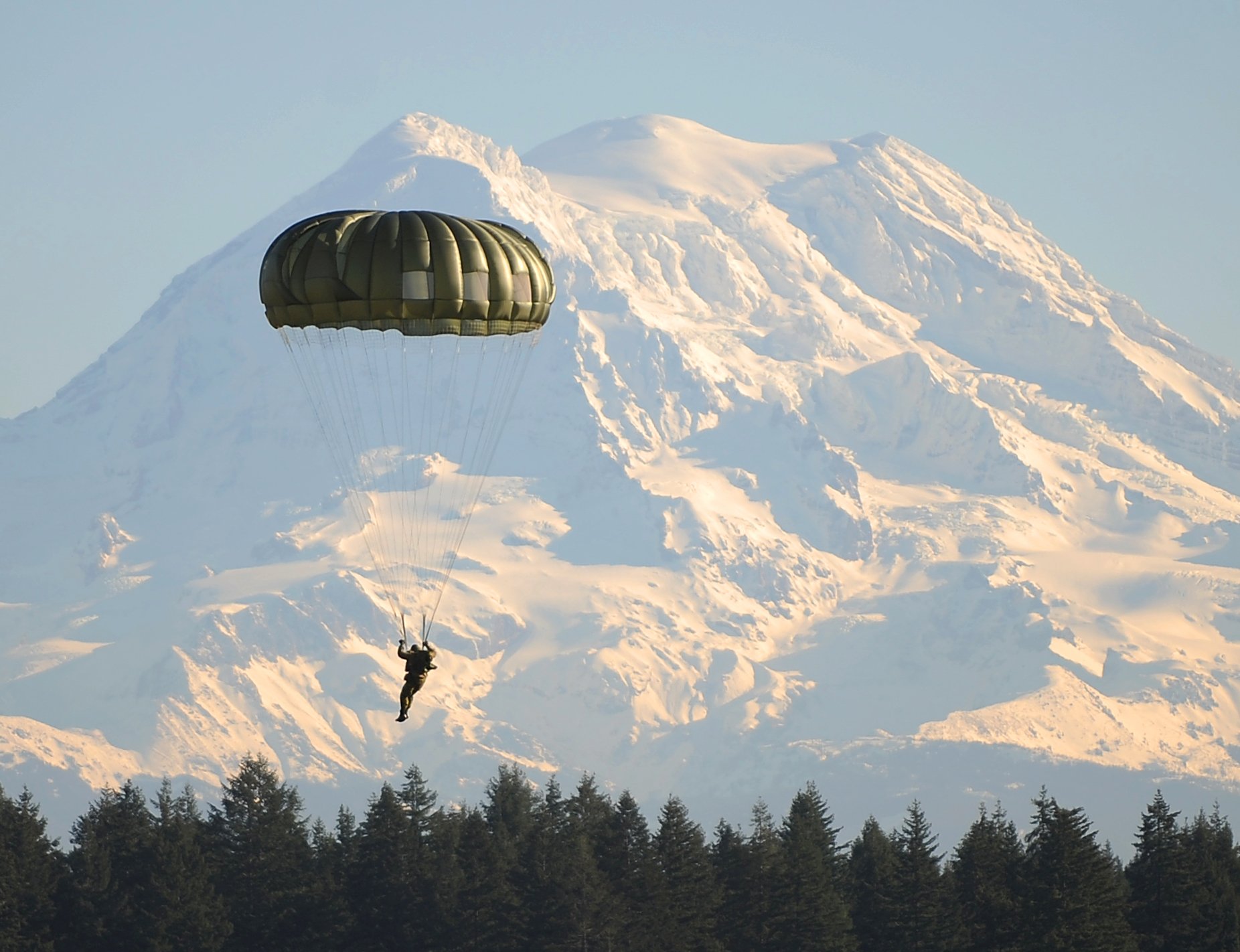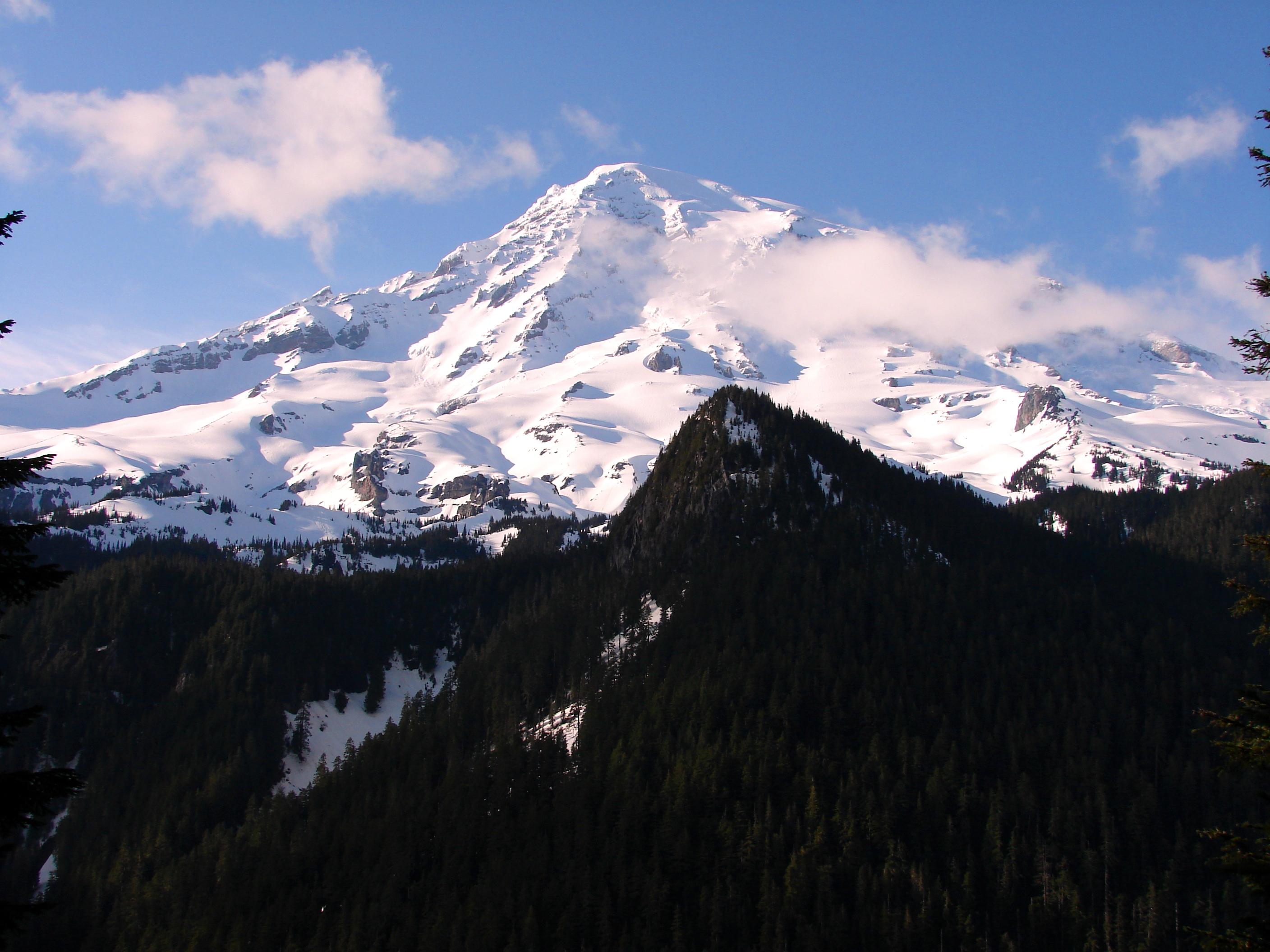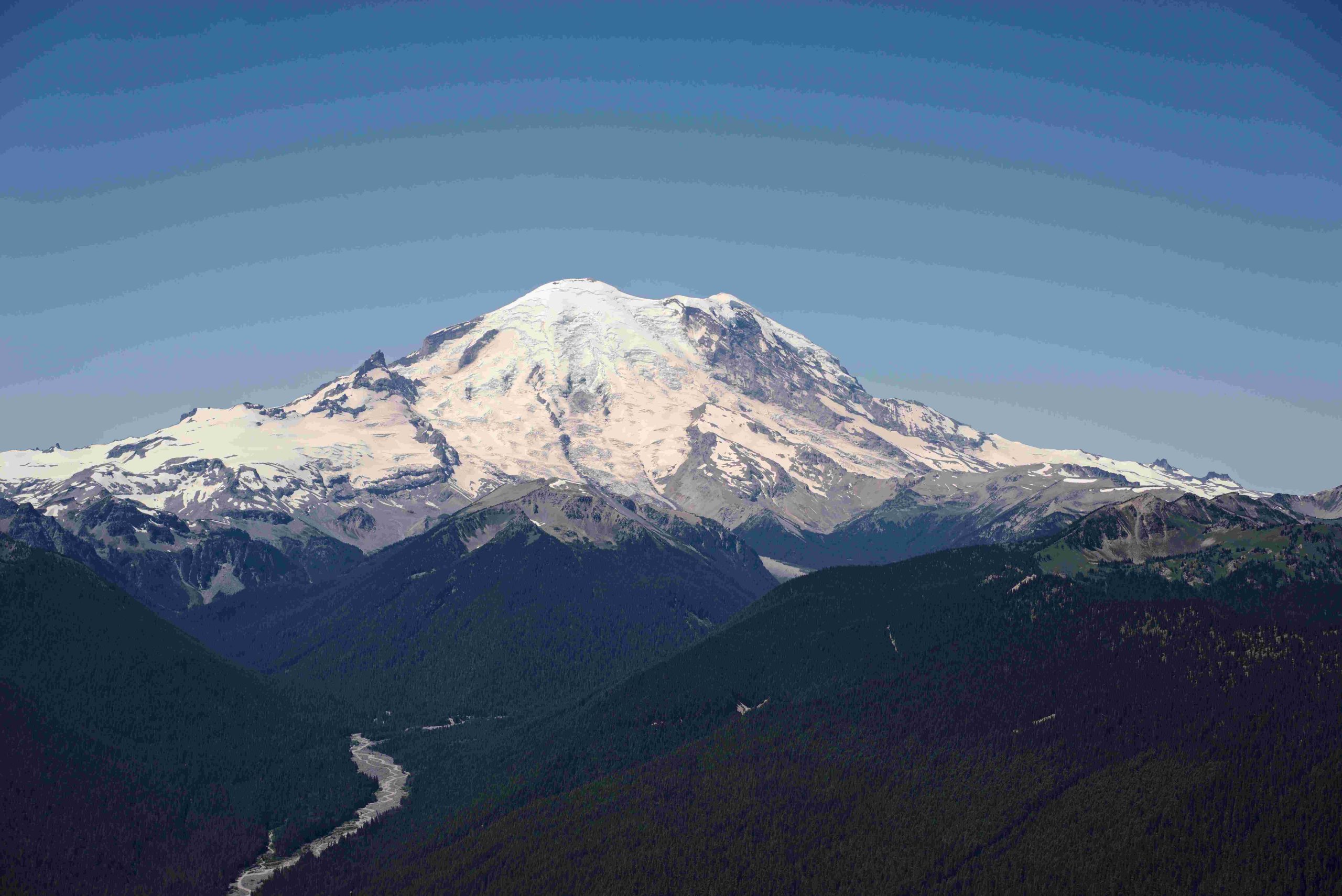Mount Rainier, an active stratovolcano in Washington State, is a geological marvel with a rich eruption history, diverse ecosystems, and challenging hiking trails. This guide covers its volcanic activity, geological features, hiking opportunities, and safety guidelines. From its most recent eruptions to its impact on surrounding areas, we’ll explore everything to know about Mount Rainier volcano, including its rock composition, notable formations, and the extensive glacier system that shapes its iconic profile.
What is the Eruption History of Mount Rainier?

Mount Rainier’s eruption history spans thousands of years, with significant events shaping the landscape of the Pacific Northwest. Here’s a breakdown of its volcanic activity:
Recent Eruptions
- Most recent significant eruption cycle: Ended about 1,000 years ago
- Produced a strong mudflow (lahar) that reached Puget Sound
- 19th-century reports: Likely large dust clouds from rockfalls, not actual eruptions
- Last reported eruption: November 21, 1894 (eyewitness accounts only)
Historical Eruptions
- Major eruptions before 300 BC
- Significant events around:
- 3400 BC
- 3600 BC
- 3650 BC
- 4400 BC
- Characterized by:
- Explosive eruptions
- Pyroclastic flows
- Mudflows
Impact on Surrounding Areas
- Lahars and mudflows affected surrounding valleys
- Shaped the landscape of the Pacific Northwest
- Influenced the formation of extensive glacier systems
What are the Geological Features of Mount Rainier?

Mount Rainier’s geological composition and structure contribute to its unique characteristics and potential hazards.
Rock Types and Stratigraphy
- Composed of layers of lava and loose rubble
- Primary rock type: Andesite lava flows
- Interbedded with layers of ash and pumice
- Typical stratigraphy of composite volcanoes
Notable Formations
- Summit: Columbia Crest
- Elevation: 14,410 feet (4,392 meters) above sea level
- Upper portion of cone:
- Likely removed by explosions and landslides
- Extensive glacier system:
- Carved valleys
- Created craggy landscape
What are the Major Hiking Trails Around Mount Rainier?
Mount Rainier offers a variety of hiking trails suitable for different skill levels and interests.
Wonderland Trail
- Length: 93 miles
- Difficulty: High
- Elevation gain: Over 22,000 feet
- Duration: 7-10 days
- Accessibility: Late July to early October
Paradise Valley Trails
- Difficulty: Moderate to high
- Notable trails:
- Nisqually Vista Trail
- Alta Vista Trail
- Skyline Trail
- Accessibility: Late June to early October
Emmons Glacier Trail
- Length: 17 miles round trip
- Difficulty: High
- Elevation gain: Approximately 4,500 feet
- Accessibility: Late July to early October
What are the Safety Guidelines for Visiting Mount Rainier?
Ensuring visitor safety is crucial when exploring Mount Rainier. Here are essential guidelines:
Specific Hazards
- Volcanic Activity:
- Potential for lahars
- Ash fall
- Other volcanic hazards
- Seismic Activity:
- Frequent earthquakes
- Glacier Travel:
- Crevasses
- Seracs
- Other glacial features
Recommended Gear
- Hiking Gear:
- Sturdy hiking boots
- Layered clothing
- Rain gear
- First aid kit
- Glacier Travel Gear:
- Crampons
- Ice axes
- Ropes
- Crevasse rescue equipment
- Navigation Tools:
- Map
- Compass
- GPS device or smartphone with GPS app
Emergency Contact Information
- Park Rangers: Available at visitor centers and ranger stations
- Emergency Services: Call 911 or contact park’s emergency services number
Park Regulations
- Permits required for overnight camping and glacier travel
- Check for trail closures before heading out
- Stay informed about volcanic activity and safety concerns
By understanding Mount Rainier’s eruption history, geological features, hiking trails, and safety guidelines, visitors can fully appreciate and safely explore this magnificent volcano. Remember to always respect the mountain’s power and unpredictability, and follow park regulations to ensure a memorable and safe experience.
References:
1. Mt. Rainier Eruptive History and Seismicity by Amy Appleby
2. U.S. National Park Service – Volcanoes at Mount Rainier National Park
3. Global Volcanism Program – Mount Rainier

